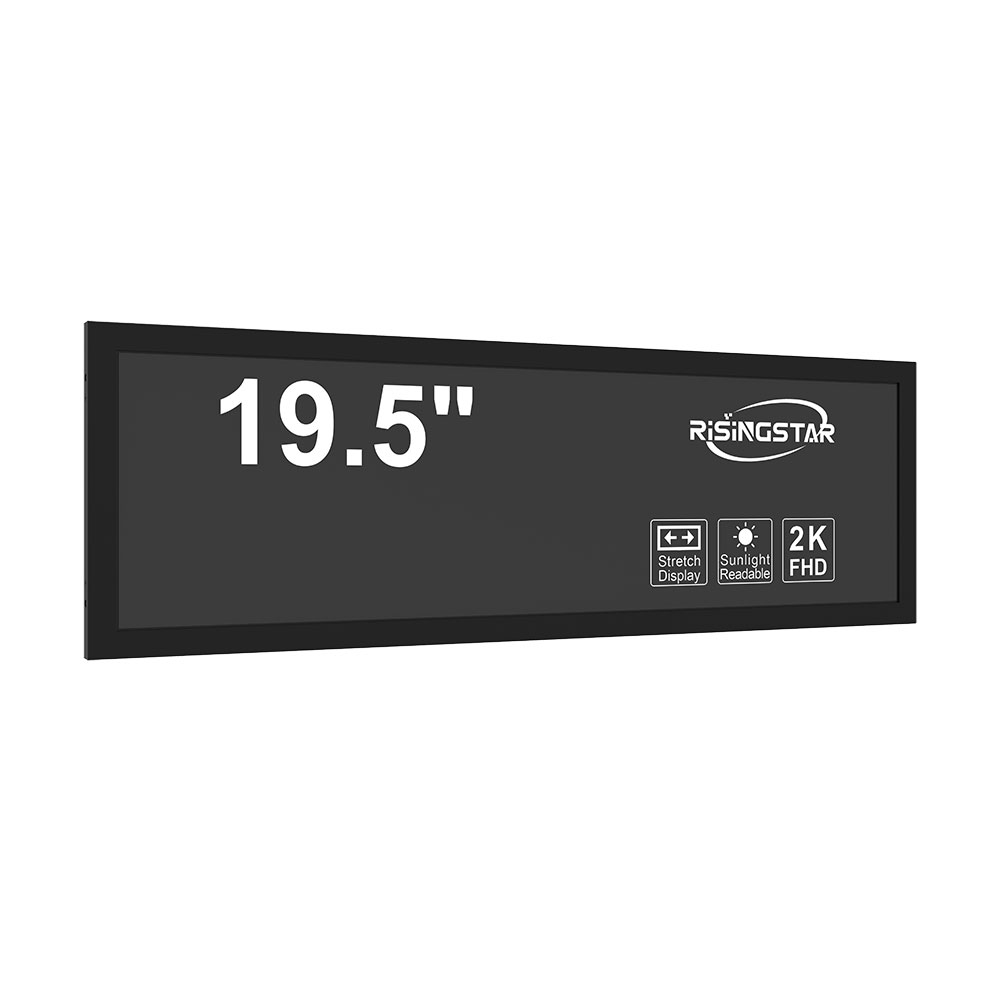High-brightness sunlight-readable LCD screens are a critical innovation in display technology, especially for applications where visibility under direct sunlight is essential. These displays are engineered to maintain clarity and readability even in intense ambient lighting conditions—such as those found on military vehicles, outdoor kiosks, industrial control panels, and transportation systems. Unlike standard LCDs that suffer from glare and washed-out visuals in daylight, sunlight-readable displays incorporate advanced optical design, high-luminance backlights, and specialized materials to ensure consistent performance across diverse environments.
One of the most important technical components is the brightness level, typically measured in nits (cd/m²). Standard indoor LCDs usually range between 200–400 nits, while sunlight-readable displays commonly exceed 5,000 nits—a figure often mandated by military standards such as MIL-STD-3013 and ISO 9241-301. This level of luminance ensures that the screen remains visible during peak solar irradiance, which can reach up to 100,000 lux on clear days. The increased brightness is achieved through high-efficiency LED backlighting combined with anti-reflective coatings and diffuser films optimized for ambient light rejection.

Another key feature is the use of transflective or transmissive liquid crystal modes. Transflective LCDs combine reflective and transmissive properties—using ambient light in bright conditions and internal backlighting in low-light environments. This dual-mode operation reduces power consumption by up to 50% compared to fully transmissive designs, making them ideal for battery-powered field devices. In contrast, fully transmissive displays offer higher color accuracy but require more power, limiting their use in portable or remote applications.
Manufacturers like Sharp, LG Display, and Japan Display have pioneered innovations in this space, including adaptive brightness control algorithms that dynamically adjust luminance based on ambient light sensors. Such smart features not only improve energy efficiency but also extend the lifespan of the display by reducing unnecessary strain on LEDs. Additionally, ruggedized housing, wide temperature tolerance (-30°C to +70°C), and IP65 or higher ingress protection make these screens suitable for harsh environments like desert operations, maritime navigation, and construction sites.
Case studies confirm the real-world impact. For example, the U.S. Army’s Integrated Visual Augmentation System (IVAS) uses high-brightness sunlight-readable LCDs for soldier head-mounted displays, enabling mission-critical data visibility in combat zones. Similarly, digital signage providers like Daktronics deploy these displays in outdoor stadiums and airports, where 24/7 operation under direct sunlight is mandatory. According to a 2023 report by MarketsandMarkets, the global market for sunlight-readable displays is projected to grow at a CAGR of 7.3% from 2023 to 2030, driven by demand in defense, transportation, and smart city infrastructure.
In summary, high-brightness sunlight-readable LCD technology represents a convergence of optical engineering, material science, and system-level optimization. As industries increasingly rely on real-time visual data in outdoor settings, these displays are no longer optional—they are fundamental to operational safety, efficiency, and user experience. Their continued evolution will be shaped by advancements in micro-LED backlights, AI-driven contrast enhancement, and integration with IoT ecosystems.
2025-07-31
2025-09-19
최대 가시성과 내구성을 위해 올바른 야외 LCD 스크린을 선택하는 방법2025-08-06
디지털 신호 및 광고 솔루션을 위한 야외 LED 스트립 스크린 시리즈